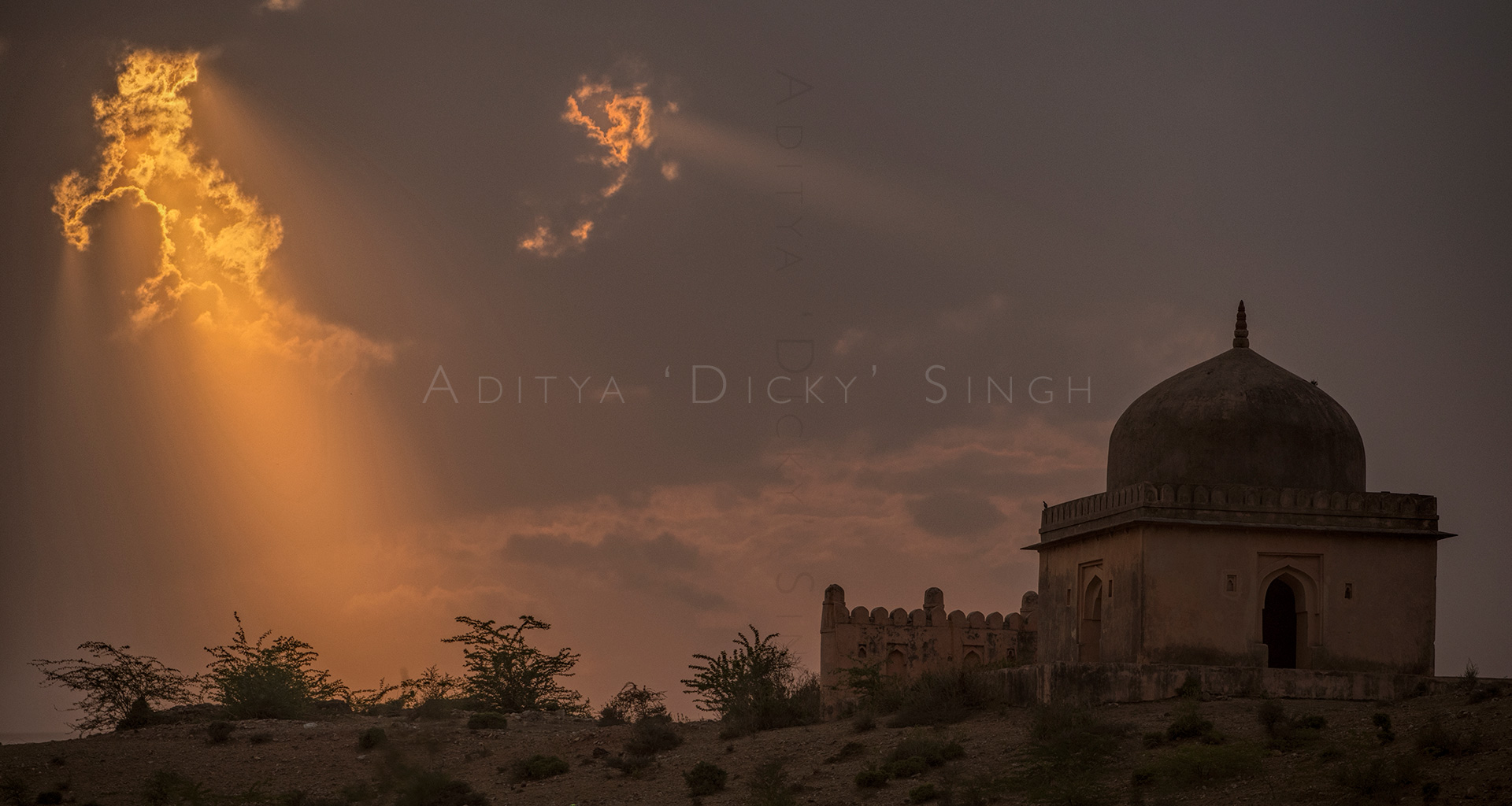
Ranthambhore National Park lies in the Sawai Madhopur district of the North Indian state of Rajasthan. The park is contiguous with the twin towns of Sawai Madhopur, and Misradhara gate, from where most visitors enter the Park, is about 12 km from the heart of the town. Ranthambhore is the only Project Tiger Reserve that is right next to a large town. The twin towns of Old City and Man town together constitute Sawai Madhopur. The railway station and the main market – Bajariya – are located in Man town while the older City lies 4 km away, in a valley surrounded by cliffs and steep slopes.
Ranthambhore Road is a good smooth stretch from Man town to the Park. Almost all the hotels and lodges are located along this road. There is no tourist accommodation inside the Park and visitors are not allowed to stay inside.
By Indian standards, Sawai Madhopur is a small rural town with a population of over 200,000. The town serves as a market for the rural hinterland and is known for its winter guavas, red chilis and mustard. Besides this, tourism and transportation industries are the mainstays of the local economy.
The local urban population, a mix of Hindus, Muslims and Jains, speak Hindi, however, most of the local urban people can understand a bit of English. People are generally warm, friendly and helpful. The rural population predominantly consists of the Meena and Gujjar caste groups.
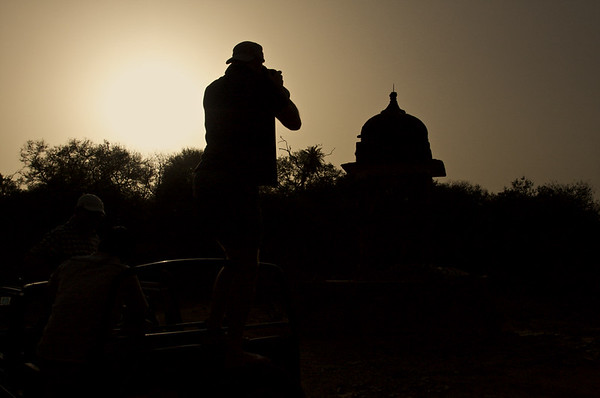
History of Ranthambhore Fort and Sawai Madhopur
The oldest settlement in the area near Sawai Madhopur was around the Ranthambhore fort. The exact origin of the Ranthambore fort is still disputed but it is generally accepted that there was a settlement at the site of the Fort, as far back as the 8th century A.D. It is widely believed that the construction of the Ranthambhore Fort was started during the reign of the Chauhan rajput King Sapaldaksha in 944 AD. Another theory stipulates that King Jayant, also a Chauhan rajput, built the Ranthambore Fort during 1110 AD. It is most likely that the construction of the fort commenced during the mid 10th Century A.D. and continued for a few centuries after that.
Since, the Ranthambhore Fort controlled the trade routes between North India and Central India, it was highly coveted by the rulers of North India. The Ranthambore Fort had its golden moments during the reign of the king Rao Hammir, the last ruler of the Chauhan dynasty (1282 – 1301 AD). During 1300 AD, Ala-ud-din Khilji, the ruler of Delhi sent his army to capture the Fort. After three unsuccessful attempts, his army finally conquered the Ranthambhore Fort in 1301 and ended the reign of the Chauhans. In the next three centuries the Ranthambore Fort changed hands a number of times, till Akbar, the great Mughal emperor, finally took over the Fort and dissolved the State of Ranthambore in 1558. The fort stayed in the possession of the Mughal rulers till the mid 18th century.
During the mid 18th century, the Maratha rulers of Western India were gradually increasing their influence in this region. In order to check the growing influence of the Marathas, Sawai Madho Singh, the ruler of Jaipur state, unsuccessfully, requested the Mughal emperor to hand over the Ranthambhore fort to him. In 1763, Sawai Madho Singh fortified the nearby village of Sherpur and renamed it Sawai Madhopur. This town, which is now commonly known as the “Sawai Madhopur City”, lies in a narrow valley between two parallel hills, at the South Western edge of the Ranthambhore National Park. Two years later, the Mughals handed over the fort to the Jaipur state.
During the end of the British Raj, Sawai Man Singh, the last ruler of Jaipur state, got a railway link constructed between Jaipur and Sawai Madhopur. A railway station was built about 4 kilometers away from the Sawai Madhopur town. Gradually, a small settlement came up around the railway station. This twin of Sawai Madhopur, known as “Man Town”, has now outgrown the older “City”.
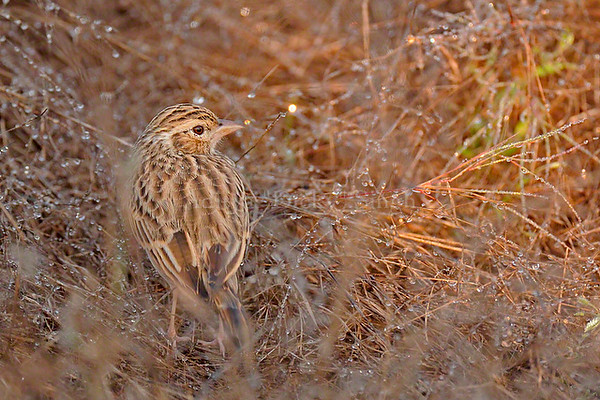
Climate at Sawai Madhopur
Sawai Madhopur, with its sub-tropical dry climate, has three very well defined seasons – summers, winters and monsoons.
Summers start during the end of March and last through the months of April, May and June. During this season the days are very hot and dry. During May and June the maximum day temperature crosses 40 degrees Centigrade and the minimum night temperature still hovers around 30 degrees Centigrade. During the day, hot and dry winds blow. These winds are locally known as loo. Light cotton clothes, hats and suntan lotion are highly recommended. In the dry summers of Rajasthan, it is very easy to dehydrate and you are strongly advised to drink a lot of fluids.
The monsoons or the rainy season lasts from July to September. This season is warm and humid, with one or two short thundershowers a week. Often there are long periods (10 to 15 days) with no rains. During such long breaks in the monsoon rains, the weather can get very hot and humid. Droughts are a common occurrence in and around Ranthambhore. Light cotton clothes and some rain gear are recommended. It is a good idea ti keep insect repellant handy.
The winter season lasts from November to February. The night temperature stays below 10 degrees Centigrade, while the day temperature hovers around the 20 degree Centigrade mark. There is often some rain and fog during the mid winters. The Ranthambore national park can be very cold in the winters, specially during the morning safari. Warm woolens and at least one thick jacket, gloves and scarfs are highly recommended
October and March are the time when the weather changes from monsoons to winters and from winters to summers, respectively.
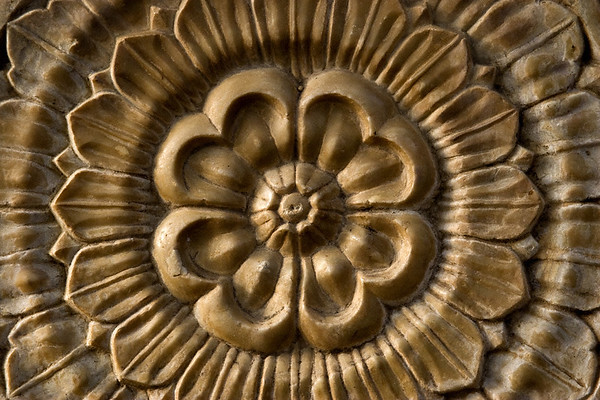
Facilities at Sawai Madhopur
The twin cities of Sawai Madhopur and Mann Town are small towns for Indian standards. They, however, offer almost all the basic facilities that an average tourist needs.
Communications:
Long distance telephone calls, Fax and Internet services (mostly through broad band wifi services have been introduced) are available in almost all tourism facilities. There is a large Post Office in Man town where all the basic postal services are available, such as Speed Post, Telegram and Parcel. The same Post Office also has an office of Western Union money transfer. Mobile phone service (GSM) is provided by all major telephone companies of India.
Medical:
All basic health care facilities are available. Most hospitals and nursing homes do not maintain a very high standard of hygiene. The largest (though not the best) hospital is the Government run hospital near Alanpur (on the way to the Old City). “Prakritik”, a local Non-Governmental Organization has a well-equipped and clean hospital, in the town. There are a number of smaller “Nursing Homes” that have good doctors. Drug stores are reasonably well stocked. Almost all the major hotels of Ranthambhore provide “doctor on call” facilities.
Banking:
Foreign currency can be changed and Travelers Cheques can be cashed in a bank but the procedure may be time consuming. There are many local agents who would change your money or cash your traveller’s cheque, for a “small fee”. Western Union has an office at the main Post Office in Man town and they are the only money transfer service provider in the town, besides the banks. Most larger establishments accept credit cards (mainly VISA and MasterCard’s). There are many ATMs (Automatic Teller Machines).
Boarding & Lodging:
There are many lodges and resorts in Sawai Madhopur, with prices ranging from US $ 5 to US $ 1000 or more. There are a few restaurants, though most of them leave a lot to be desired. It is best to make all the boarding arrangements at the same place where you would be lodging.
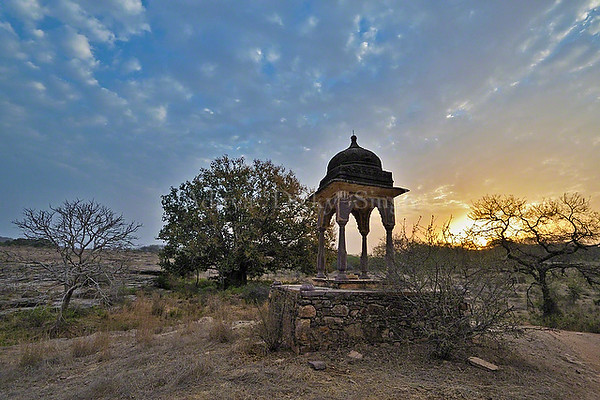
Location
Sawai Madhopur lies on the Eastern edge of the North Indian state of Rajasthan. It is about 400 kilometers to the South West of Delhi, the capital of India, and 180 kilometers South East of Jaipur, the capital of Rajasthan. Sawai Madhopur has good road connections with Delhi (8 hours journey via Jaipur – Lalsot or via Alwar – Dausa – Lalsot), Jaipur (3 hours drive – via Lalsot), Agra (6 hours drive – via Bharatpur – Dausa – Lalsot) and Bharatpur (5 hours drive – via Dausa – Lalsot). It also has a good road connection to Ajmer, Pushkar, Bundi, Kota, Jhansi and Orcha. ).
The closest airport is in Jaipur, 150 kilometers away by road. The town has excellent rail connections with Delhi, Mumbai, Chennai, Kolkotta, Nagpur, Bangalore, Hyderabad, Jaipur, Jodhpur, Bharatpur and Udaipur. The town lies on the main Delhi – Mumbai rail link and so, there are many trains a day to Mumbai and Delhi. Visitors from Delhi and Mumbai are advised to take a train, which is not only cheaper and faster but also much more comfortable.
Find us on Google Maps
Ranthambhore Fort:
The Ranthambhore National Park is named after the 10th century Ranthambhore fort, which covers the entire top of a hill at the heart of the Park. The Ranthambhore fort, in turn, is said to have got its name from two adjoining hills – Rann and Thambhore. It lies on the Thambhore hill, overlooking the Rann and offers some breathtaking views of the Park.
The Ranthambhore Fort is a 1000-year-old fort at the periphery of the National Park, with a spectacular combination of Rajput and Mughal architecture. The base of the fort is a very good place for bird watching and you can see Parakeets, Doves, Fly-catchers, Peacocks etc, along with a large horde of monkeys. This is also the best place to see the Painted Spurfowl.
The walls of the fort are about 7 kilometers in length and include an area of nearly 4 square kilometers. All around the fort, one can see many old ruins, including palaces, temples, cenotaphs, step-wells and houses.
The Ranthambore fort is surrounded by massive stonewalls which are strengthened by towers and bastions. The stone for the masonry was mined from inside the Fort and the mines were later turned into ponds for water storage.
The main approach to the Fort lies through a narrow valley, which had four fortified gateways. Of these, only the first gate – Misradhara gate, is still standing. There are many ruined buildings inside the Fort, with Hammir’s Court, Badal Mahal, Dhula Mahal and Phansi Ghar being the most prominent of them. The Fort also has many cenotaphs, temples and gates.
The Ganesh Temple, which lies very close to the main entry gate to the Fort, attracts a steady flow of pilgrims, mainly from the rural hinterland. During the annual Ganesh festival, tens of thousands of pilgrims visit the temple, from all over the country.
Most of the visitors to the Fort tend to stay in the Western part of the Fort. Very few visitors go to the eastern part of the fort, which is nearly wild. A small perennial stream called Gupt Ganga flows in this part of the Fort. Here one can see a large number of birds, Langurs, the odd small cat and sometimes, even leopards. The fort is one of the best places to look for the very rare and elusive Fishing cat.
The fort is a must see for all visitors to Ranthambhore. A good day to visit the fort is Wednesday, the day of the Lord Ganesh, when a lot of local people visit the Ganesh temple dressed in their best finery.
